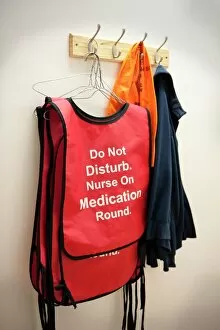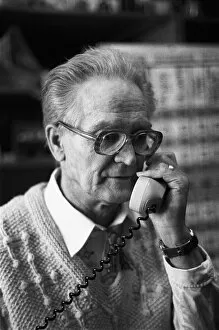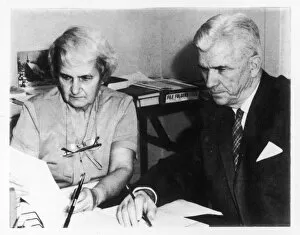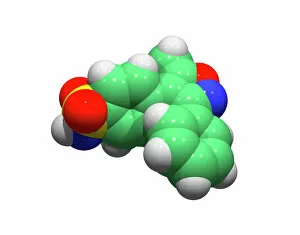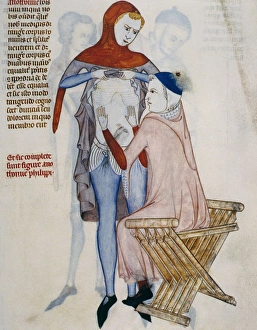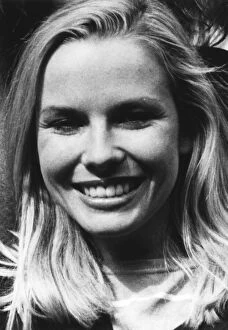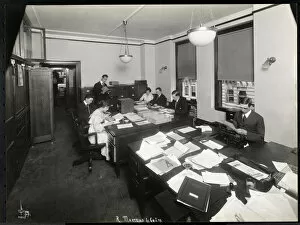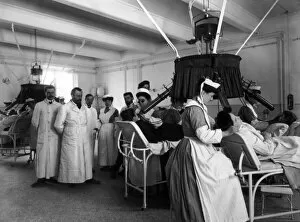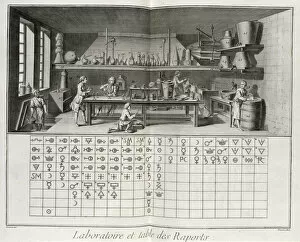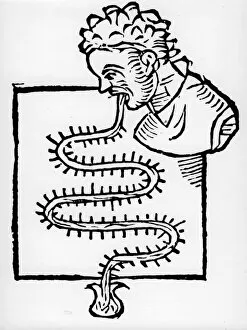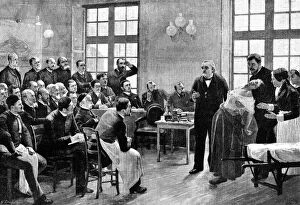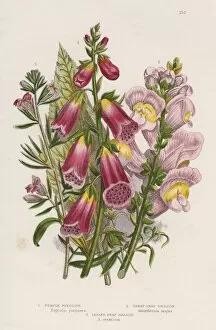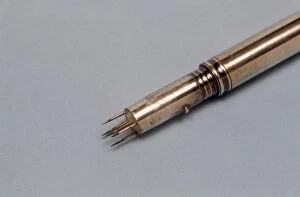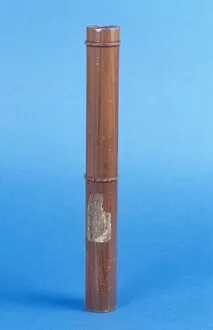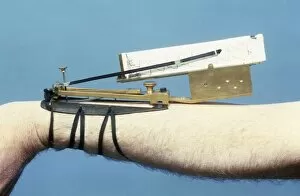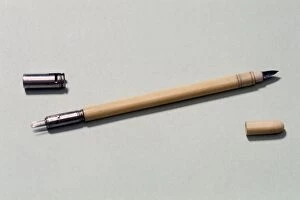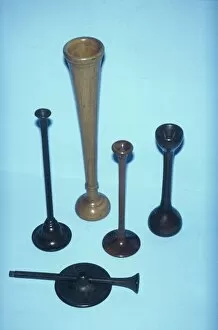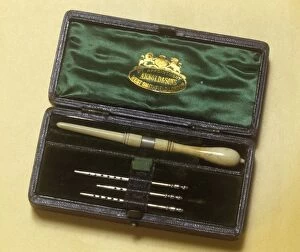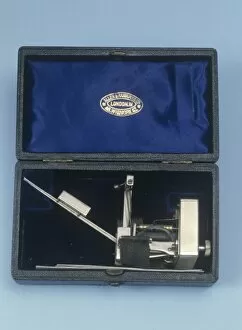Clinical Collection
"Unveiling the Clinical World: From Soviet Innovations to Modern Medical Marvels" Step into the world expertise
All Professionally Made to Order for Quick Shipping
"Unveiling the Clinical World: From Soviet Innovations to Modern Medical Marvels" Step into the world expertise, where hospital nurses don warning jackets as guardians of patient well-being. Inspired by Konstantin Buteyko, the visionary Soviet doctor who revolutionized respiratory therapy, they strive for excellence in every breath. In this realm of healing, Valdecoxib emerges as a potent anti-inflammatory drug, offering relief and hope to those battling pain. Joseph and Louisa Rhine's pioneering research on parapsychology adds an intriguing dimension to clinical exploration, delving into the mysteries of the human mind. Witness a doctor's skilled hands performing a thoracic and abdominal recognition on a patient - a delicate dance between science and compassion. Stephenson Pamela Young's smiling blonde presence radiates warmth amidst these clinical surroundings. Enter an operating theater that hums with focused energy; JLP01_10_54906 captures moments when lives are transformed through surgical precision. A nurse washing her hands in 1928 reminds us of timeless hygiene practices that safeguard against infections. Travel back further in time to witness "A Clinical Lesson with Doctor Charcot at the Salpetriere" - an oil painting from 1887 immortalizing medical education steeped in observation and enlightenment. Men and women diligently working at R. Martens & Co. , Inc. 's export office symbolize meticulous attention to detail essential for effective healthcare systems. Marvel at Florence's Pellizzari Institute room from 1905 - its walls bear witness to physioradiotherapeutic therapy advancements that pushed boundaries towards holistic healing approaches. Finally, explore scientific laboratories adorned with chemical signs from Encyclopedia Britannica – symbols representing knowledge-seeking minds dedicated to unraveling medical complexities. These glimpses into the vast tapestry endeavors remind us that behind every innovation lies countless hours of dedication by passionate individuals striving for better health outcomes worldwide.

